
views
What is ppm water testing?
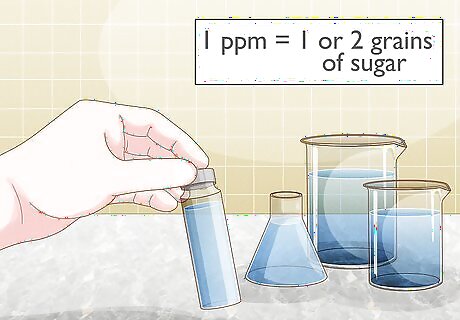
Ppm water testing measures substances in the water. Parts per million (ppm) equals one part contaminant to one million parts water. Ppm testing is an effective way to measure substances like chlorine and salt. For reference, 1 ppm is the equivalent of 1 or 2 grains of sugar dissolved in a bathtub full of water. Some substances and toxins are so small they can be measured in parts per billion (ppb).
Is ppm and TDS the same?
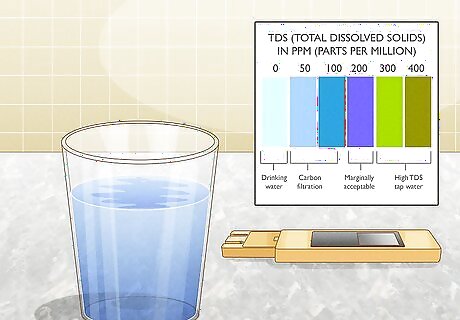
Ppm is a measurement of TDS. TDS stands for total dissolved solids, which are the amount of organic and inorganic substances in the water. It can include salts, metals, minerals, and other substances. TDS uses parts per million (ppm) as a measurement of solids contained within a volume of water. So essentially, TDS and ppm are components of each other.
How do you measure ppm in water?
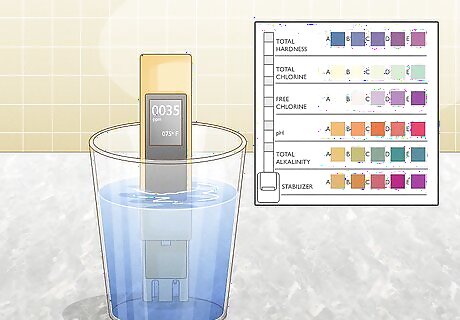
Use a water quality tester to quickly test the water. A water quality tester is an electronic device that quickly tests the ppm of a sample of water. Fill a glass with water, turn on the tester, and insert it into the water. Wait a minute or so until the tester takes a reading and then check the ppm of the water sample. You can find water quality testers at pool supply stores. You can also order them online.
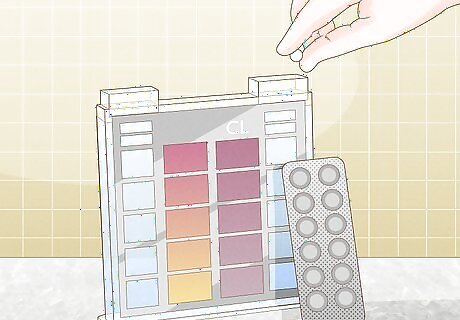
Use a color-wheel test for a simple chlorine test. A color-wheel test is commonly used to test pool water to check the chlorine levels. You’ll dissolve a special tablet in a sample of the water that causes it to change colors. Then, you’ll compare the color of the water to a chart to get a range of the ppm levels of chlorine in the water. A digital colorimeter involves dissolving special tablets into a sample of water that causes the water to change colors, which you can then test with a special meter. It’s more accurate than a color-wheel test.
What is the normal ppm of tap water?
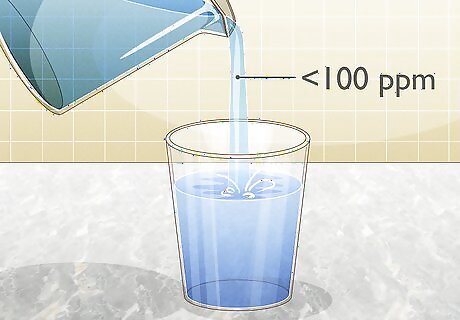
Concentrations of less than 100 ppm are ideal for drinking water. Because tap water is often used as drinking water and for tasks such as washing dishes and bathing, you want the ppm levels to be low. The lower the ppm, the lower the amount of total dissolved solids (TDS) in the water such as inorganic salts and minerals like calcium, magnesium, and potassium. Anything below 100 ppm is a good range.
How many ppm in water is safe?

The recommended range is between 30-400 ppm. While the ideal range for drinking water is below 100 ppm, water is still safe at higher levels. Any water with a ppm level below 400 ppm is safe for things like bathing, washing, and even drinking.















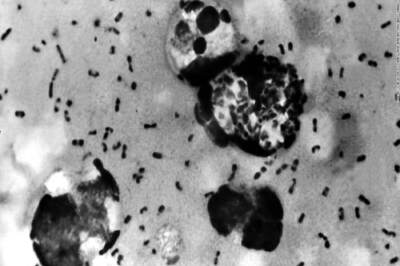




Comments
0 comment